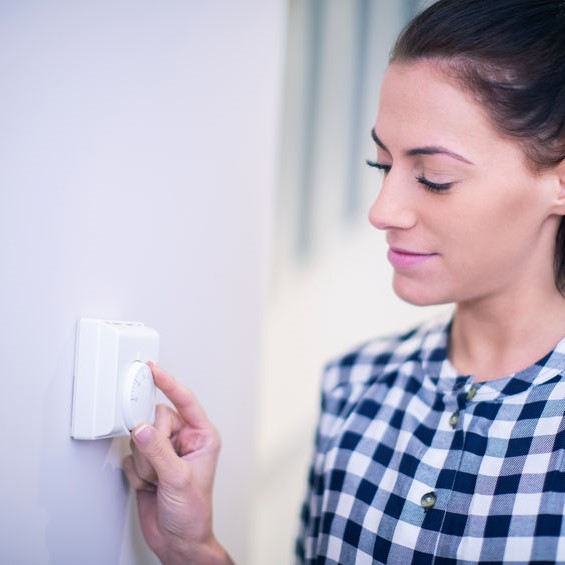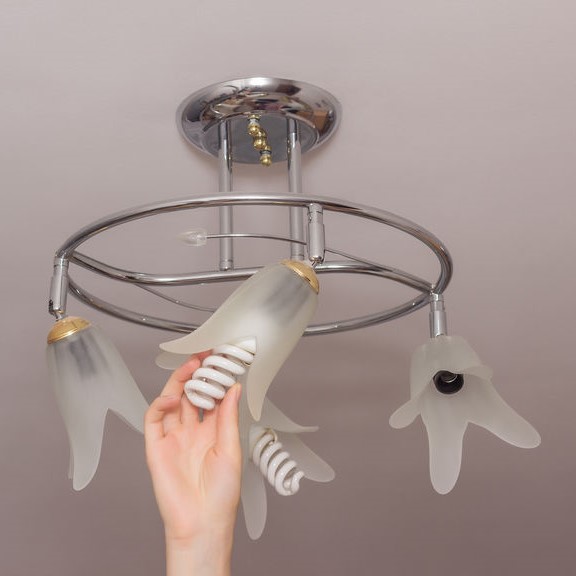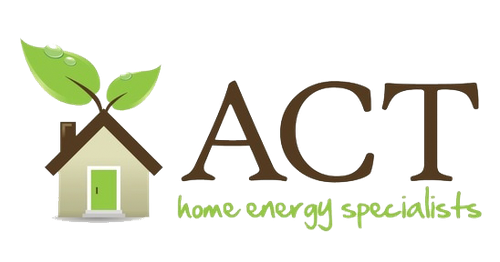
What uses the most energy in your home?
With more and more homeowners becoming conscious with home energy efficiency, we’re seeing more solar power panels and smart electric meters, etc. Who doesn’t want to find ways to save money on their monthly energy expenses? Today, most of us are looking for more ways for home energy efficiency and sustainability, helping our personal budgets and the Earth too.
The power company measures electricity usage in kilowatt-hours, you’ll see it as kWh on your monthly bill. When you want to calculate the energy an appliance uses, multiply the amount of time it is used each day by the wattage is requires, then multiply that by 0.001 to get the kWh number. After all that ‘figuring’ though, here is what the average use of electricity is used by 5 of the biggest energy consuming things in our homes that may be negating your home energy efficiency efforts:
- Central air conditioning and heating: 46 percent of our electricity is the comfort zone. The average HVAC unit uses 3500 watts by running up to three times an hour for fifteen minutes. In a twenty-four hours, an HVAC system can use up to 63 kWh or 1,950 kWh a month.
- Water heaters: 14 percent of our electricity is heating water for bathing, dishes, and laundry. With a properly running water heater, the average is three hours a day, using 4500 watts or 13.5 kWh per day. That is 405 kWh each month. .
- Appliances: 13 percent of our electricity is in the kitchen! The refrigerator has to run all day, using 225 watts which is 162 kWh a month. Your washer and dryer together are guilty of using five percent or 3045 watt while your oven uses 2,500 watts and the stove top uses 1,500 watt.
- Lights: 9 percent of your electrical bill is caused by lights. Leave a 100-watt incandescent bulb on for two hours a day it is going to use 6 kWh per month. That doesn’t sound like much until you add up how many lights are in your house.
- Media and televisions: 4 percent of an average home’s use is the electronics we can’t live without. With 5 hours of television viewing a day and 6 hours a week on the video games, you’re using as much as 55 kWh monthly.
How can I use less energy?
Now that you know what is using the most electricity in your home, energy saving bills should be your next focus. Try these home energy efficiency steps and you could save as much as $500 a year. The savings will depend on the size of your home, and the age and condition using this home energy efficiency checklist:
- Turn off the lights: Save $15 a year by turning off two 100-watt incandescent bulbs two hours a day or switch to LED.
- Natural light: This is free! When you use natural light instead of one 60-watt light bulb for four hours, you can save $9 annually.
- Task lighting: Instead of overhead lighting and tabletop lighting, install tracking lighting and under-counter task lighting.
- Shorten the showers: With only 2 people in the house taking a shower for one less minute a day, you can save $30 or more each year.
- Turn the water off: While you brush your teeth, shave, or wash your hands, turn the water off until you’re ready to rinse and save almost $20 a year.
- Leaky faucets: This is the biggest water waste in the country. Fix a leaking hot water faucet and you’ll save almost $10 in one year.
- Unplug the unused: When electronics are in standby power mode, they are consuming up to 10% of your electricity usage. If you’re not using it – unplug it.
- Dump desktop computers: Time to replace any desktop computer with a laptop and save $4 a year with each 2 hours of use.
- Update the TV: Time to upgrade to the LCD televisions and for every 2 hours you want the new 42” display, you’ll save $6 a year.
- Thermostat management: Raise the thermostat on your electric furnace 2 degrees and save as much as $120 a year.
Other things that can make a difference in your home energy efficiency efforts is the type of window coverings you choose, cook outside during the summer to keep the kitchen cooler and use the microwave in the winter, use the washer and dryer only when you have a full load, wash in cold water and hang things to dry as much as possible.
What are examples of energy efficiency? and How do you maximize energy efficiency?
Home energy efficiency is finding ways to consume less energy in everyday things. From reducing the electricity and water we use to finding ways of making our homes more energy efficient with insulation and better windows. Find a better way to do the things you do every day, and then improve upon that is the best home energy efficiency advice.
Home energy efficiency is using the sun for heat by way of solar panels and lighting instead of lamps. Changing lamps from traditional incandescent bulbs to LED bulbs. Keeping home maintenance up is a huge part of home energy efficiency too, like running toilets and dripping faucets. Home energy and efficiency should be hand-in-hand in our homes today.

What are 5 ways to save energy?
We reviewed several things in this piece today, and some may sound redundant, which it is but it isn’t. If you can’t decide what to take away from this piece, here are five ways you can practice home energy efficiency:
- Turn off ceiling fans and lights off when you leave a room.
- Close your drapes, close the blinds, or pull down window shades during the heat of the day during the summer. Open the south facing side up in the winter.
- Use cold water when doing laundry
- Cover or wrap drinks and foods in the refrigerator.
- Use cold water at the faucet for a quick rinse instead of turning on the hot water.
When you want to get better home energy efficiency in Fort Worth, TX, we are here to help. Call 817-781-8781 today!

